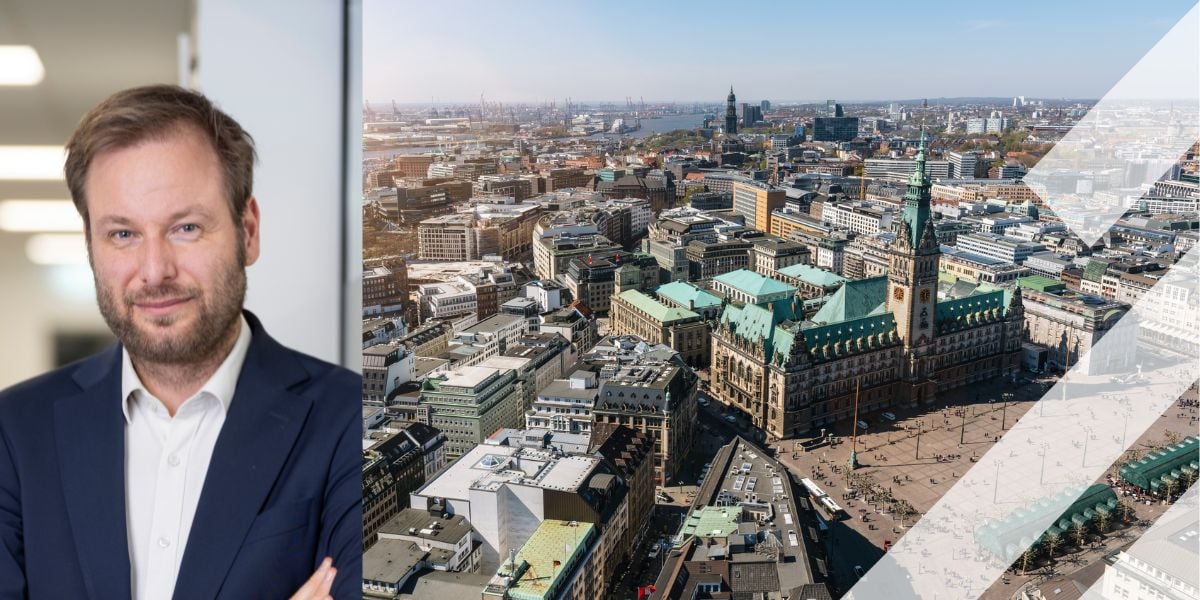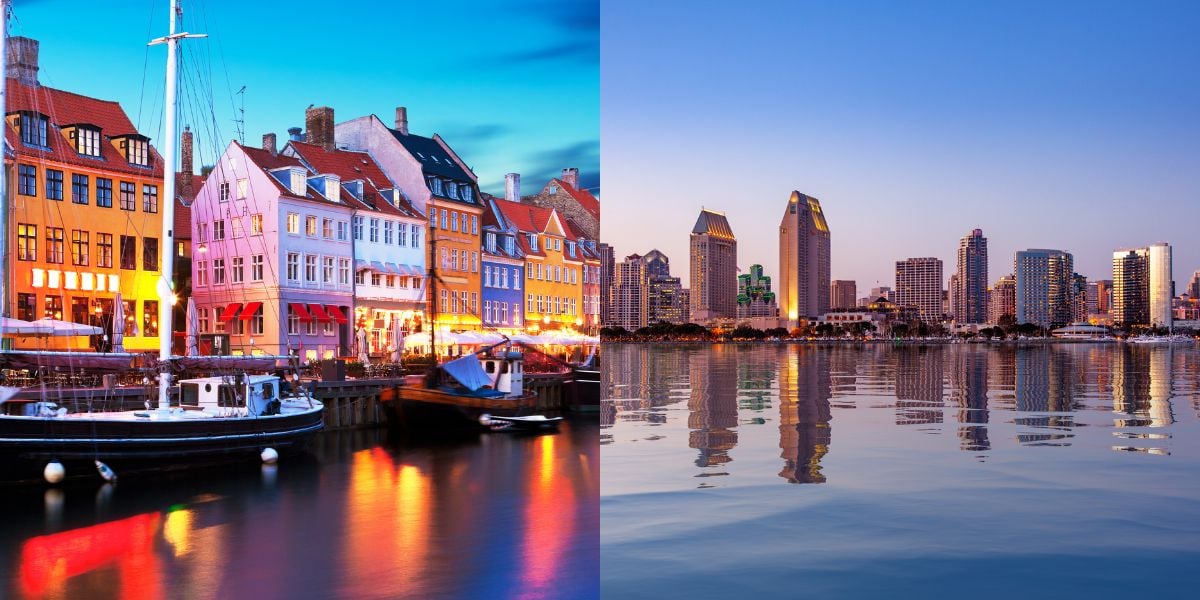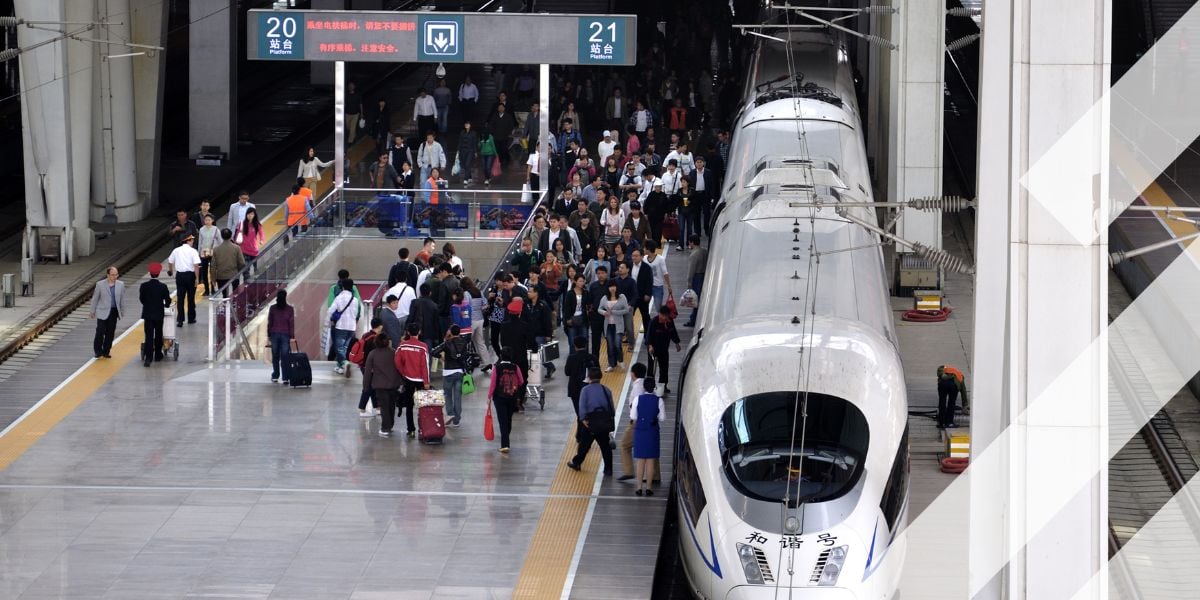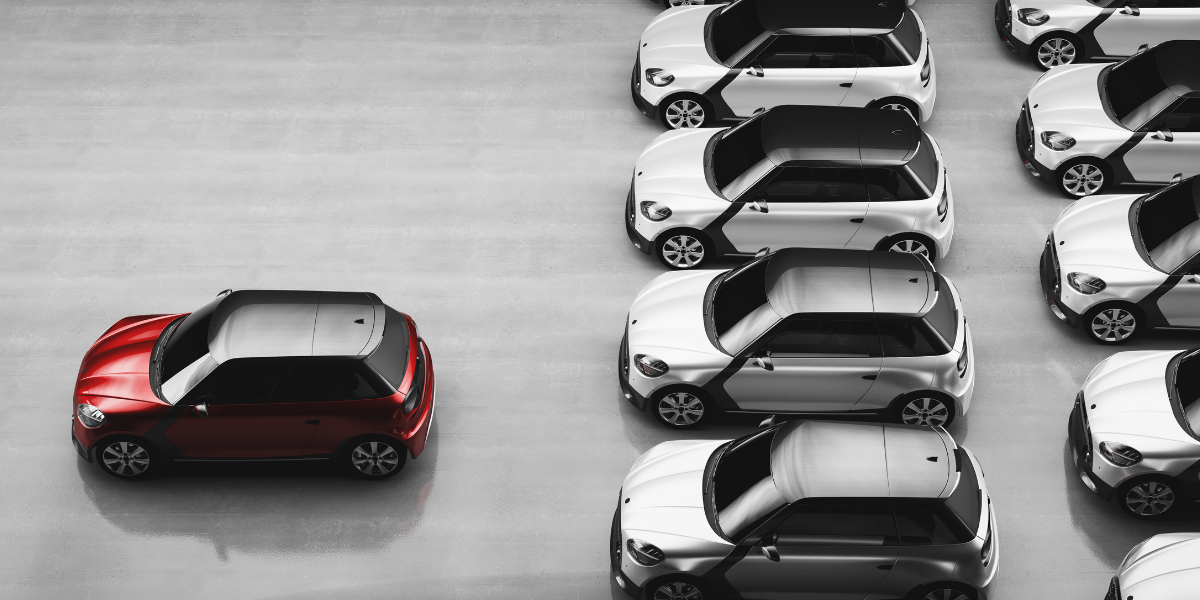enhancing liveability: how the netherlands is leading the way in sustainable mobility
The Netherlands has long been a pioneer in sustainable mobility, seamlessly integrating innovative transport solutions into its urban planning and, perhaps eve more significantly, its culture. From its infamous and extensive cycling infrastructure to cutting-edge public transit systems, the country exemplifies how sustainable practices can enhance urban liveability.
This article takes a look at some of the most noteworthy developments in sustainable mobility within the Netherlands (Intertraffic’s home country, after all), highlighting initiatives that are undoubtedly shaping the future of transport.
Cycling: The Backbone of Dutch Mobility
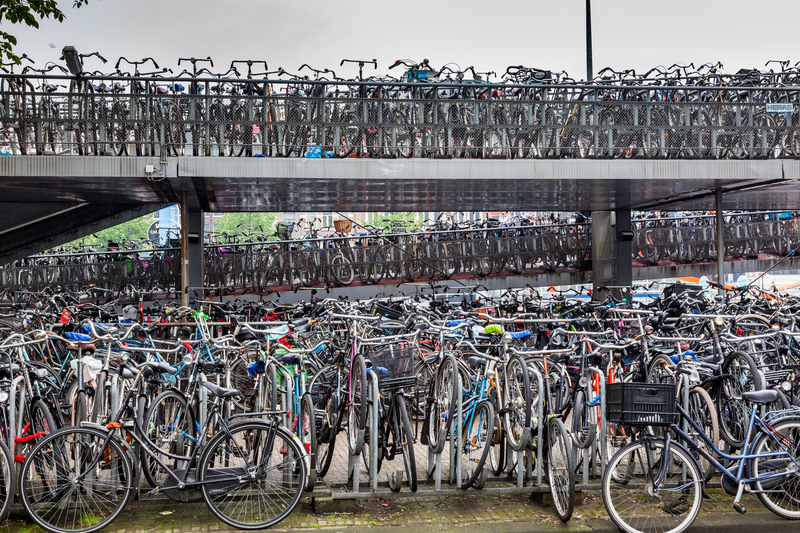
Cycling is deeply ingrained in not Dutch culture but the Dutch zeitgeist, serving as the primary mode of transport for many citizens. The Netherlands boasts over 35,000 kilometers of dedicated cycling paths, with cities such as Amsterdam and Utrecht seeing more than 50% of all trips made by bicycle. This extensive network not only promotes health and well-being but also significantly reduces carbon emissions. In 2023, Dutch cyclists collectively rode over 15 billion kilometers, avoiding approximately 2.3 million metric tons of CO₂ emissions.
Electric Mobility: Accelerating the Transition

The Dutch government has set ambitious targets for electric vehicle (EV) adoption, aiming for all new passenger vehicles to be zero-emission by 2030. As of 2023, the EV market share reached 23% of new car sales, with over 290,000 registered EVs on Dutch roads. To support this transition, the Netherlands has established more than 200,000 public charging points nationwide, ensuring that 60% of households are within 300 meters of a charging station.
Hydrogen-Powered Public Transit: Paving the Way
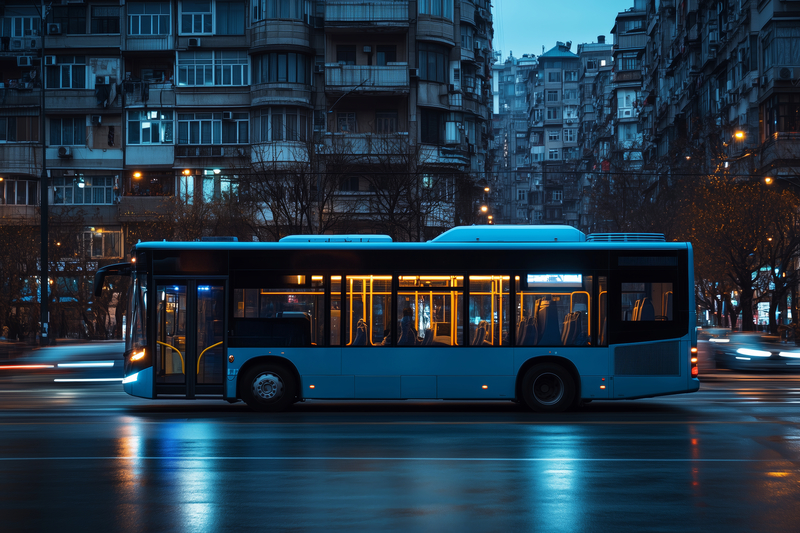
While battery electric vehicles dominate personal transport, hydrogen fuel cell technology is gaining traction in public transport and heavy-duty vehicles. The Netherlands currently operates 142 hydrogen buses across various cities and has initiated pilot projects for hydrogen-powered trains. The Port of Rotterdam is developing into a major hydrogen hub, with plans to produce 20,000 tons of green hydrogen annually by 2025.
Smart Mobility Solutions: Integrating Technology
The integration of artificial intelligence and IoT technology is transforming urban mobility in Dutch cities. Approximately 1,800 smart traffic lights have been installed, reducing wait times by 40% and having a hugely positive impact on emissions as a result. Additionally, 92% of public transport users now regularly access real-time travel information, enhancing the efficiency and appeal of public transport.
Innovative Infrastructure Projects
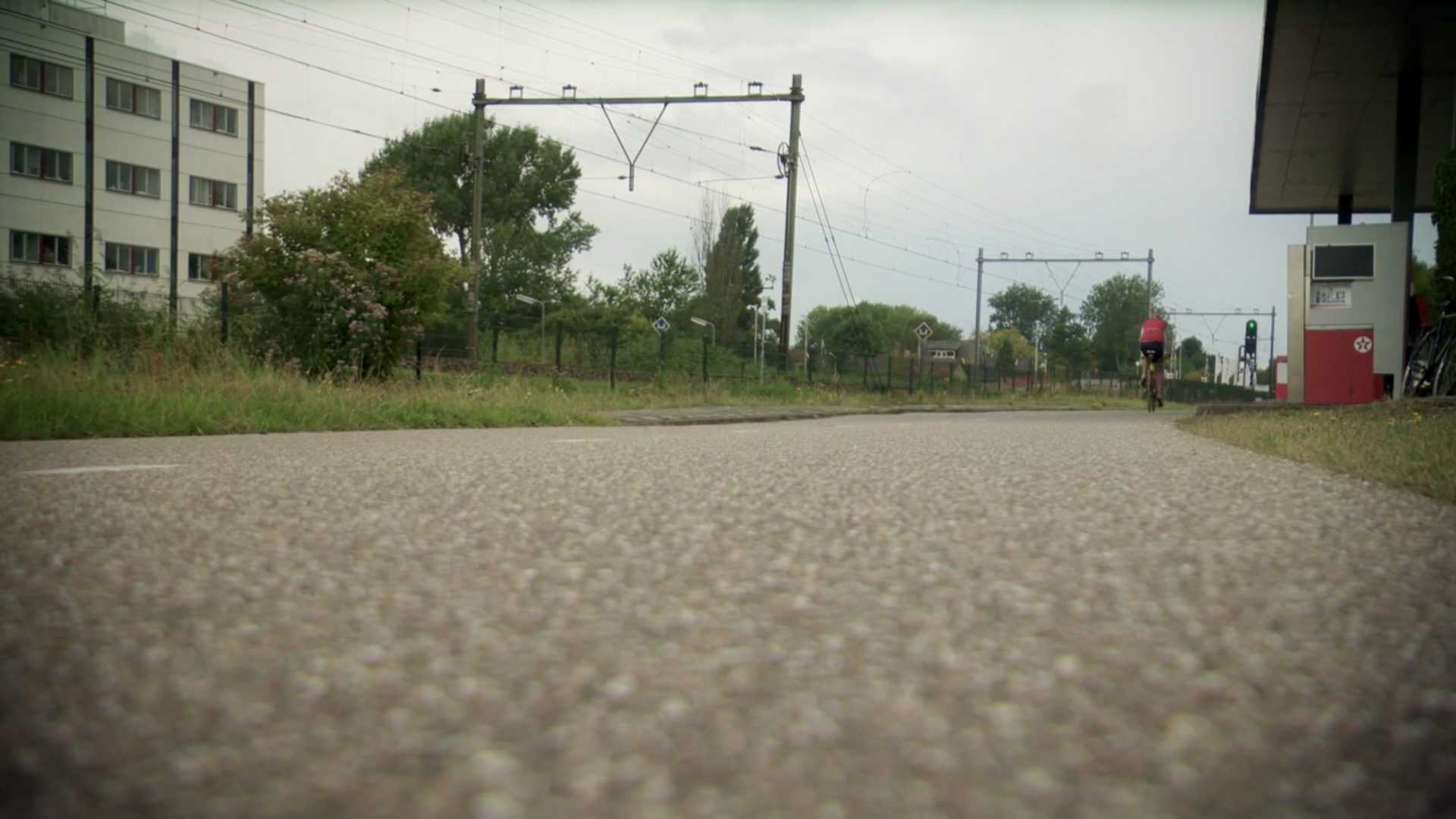
Solar Bike Paths
Building on the success of the SolaRoad pilot project, which generated 3,000 kWh of electricity per year from just 70 meters of bike path, the Netherlands is expanding its network of solar-powered bike paths. Current projects include a 300-meter solar bike path in Utrecht generating 12,000 kWh annually, with plans for 100 kilometers of solar roads by 2030, expected to produce 4 million kWh annually.
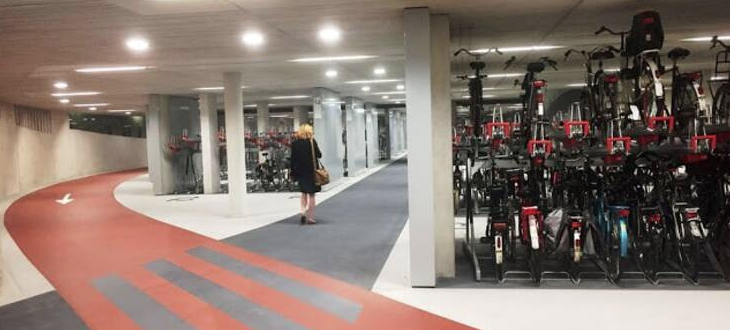
Underground Bicycle Parking
To accommodate the high number of cyclists, cities are investing heavily in bicycle parking infrastructure. Utrecht Central Station now hosts the world’s largest bicycle parking facility with 12,500 spaces. Amsterdam Central Station offers three facilities totalling 11,000 spaces, while The Hague is constructing a new facility for 8,500 bicycles. Rotterdam plans to add 5,000 new underground spaces by 2025.
Urban Initiatives: Enhancing Liveability
Dutch cities are implementing various sustainable mobility initiatives to become greener and more liveable. Amsterdam and Rotterdam, for example, have optimized traffic management systems, including smart traffic lights and crowd management during major events. These cities are also exploring ways to repurpose urban spaces for recreation and ecological purposes, reflecting a shift towards a more holistic approach to urban planning.
Sustainable Housing and Energy Efficiency
The Dutch housing sector has embraced sustainability with a focus on energy-efficient homes. New building standards prioritise eco-friendly construction materials and designs that maximise energy efficiency. Homeowners are increasingly investing in solar panels, energy-efficient insulation, and smart home technologies to minimise their environmental impact. The Dutch Government encourages these efforts through various subsidies and incentives, promoting a greener approach to residential living.
Circular Economy: Minimizing Waste
The Netherlands has been at the forefront of promoting a circular economy, emphasising the importance of minimising waste and maximising the lifespan of products. Initiatives such as recycling programs, product redesign and waste-to-energy projects are actively encouraged. The circular economy model aims to create a closed-loop system where materials are reused, refurbished and recycled, reducing the overall environmental impact of consumption.
Challenges and Opportunities Ahead
Despite significant progress, the Netherlands still faces challenges in achieving its sustainable transport goals. Infrastructure investments through 2030 include €2.1 billion for cycling infrastructure, €3.5 billion for public transit improvements, €1.2 billion for EV charging infrastructure, and €500 million for hydrogen infrastructure. The country aims for 100% zero-emission new vehicle sales, a 50% reduction in transport-related CO₂ emissions compared to 1990, 1.7 million electric vehicles on Dutch roads, 200,000 public charging points, a 25% increase in cycling infrastructure, and 100% zero-emission public bus fleets by 2030.
Sustainable cities: The Dutch TOP 10
The Netherlands is renowned for its commitment to sustainable mobility, with numerous cities implementing innovative projects to enhance transport efficiency and reduce environmental impact.
Here are 10 Dutch cities, in no particular order, leading the way in sustainable mobility initiatives and exemplifying the Dutch dedication to sustainable mobility, each implementing unique projects to create more liveable and environmentally friendly urban environments.
1. Utrecht
Utrecht has garnered international acclaim for its comprehensive sustainable mobility agenda. The city pioneered car-free zones as early as 1965 and has since developed extensive cycling infrastructure, including the world's largest bicycle parking garage. Approximately one-third of residents commute by bicycle daily. Utrecht is also at the forefront of electromobility, aiming to implement fully bidirectional charging for electric vehicles, integrating renewable energy sources into the grid.
2. Amsterdam
Amsterdam has somewhat famously and controversially implemented measures to reduce traffic and lower emissions. The city has reduced emissions by 30% since 2010, and continues to encourage walking, biking, and public transport patronage to further reduce carbon dioxide emissions.
3. Rotterdam
Rotterdam is a hub for sustainable innovation, exemplified by projects like BlueCity, a circular economy incubator that repurposes a former swimming complex into a centre for sustainable businesses. The city also emphasizes green infrastructure and sustainable urban planning to enhance environmental resilience and pioneered the extensive use of electric logistics vehicles in the city centre.
4. The Hague
The Hague is committed to sustainability, aiming for carbon neutrality by 2030. The city boasts significant green spaces, a minimal car presence, and a cycle-friendly environment, enhancing its residents' quality of life.
5. Delft
Delft is renowned for its picturesque canals and historical architecture, complemented by sustainable initiatives. The city promotes cycling and walking, reducing reliance on motor vehicles and preserving its charming urban landscape.
6. Groningen
Groningen has transformed its city centre into a car-free zone, prioritising cyclists and pedestrians. The city’s traffic circulation plan effectively reduces car traffic, contributing to a healthier urban environment.
7. Nijmegen
As the European Green Capital of 2018, Nijmegen invested heavily in cycling infrastructure and sustainable urban development. The city encourages active travel and integrates green spaces into its planning.
8. Eindhoven
Eindhoven focuses on smart mobility solutions, including the development of intelligent transport systems and the promotion of electric vehicles. The city collaborates with local tech companies to innovate urban mobility.
9. Zwolle
Zwolle has developed extensive cycling networks and traffic-calmed zones, enhancing safety and accessibility for cyclists and pedestrians. The city’s approach promotes active transport and reduces car dependency.
10. Arnhem
Arnhem invests in sustainable public transport, including trolleybuses powered by renewable energy. The city also supports cycling infrastructure and green urban planning initiatives.
Share your story
Do you have an innovation, research results or an other interesting topic you would like to share with the professionals in the infrastructure, traffic management, safety, smart mobility and parking industry? The Intertraffic website and social media channels are a great platform to showcase your stories!
Please contact our Sr Brand Marketing Manager Carola Jansen-Young.
Are you an Intertraffic exhibitor?
Make sure you add your latest press releases to your Company Profile in the Exhibitor Portal for free exposure.

